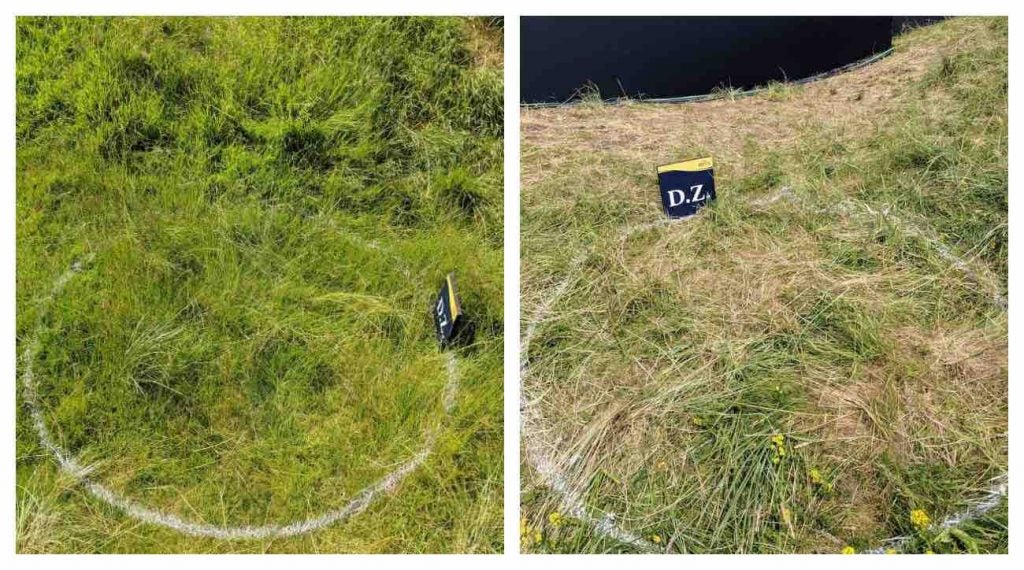 World No. 2 withdraws before tee time in major-title defense
World No. 2 withdraws before tee time in major-title defense
British Open 2019: The R&A’s simple way to prevent ‘grandstopping’
PORTRUSH, Northern Ireland — The best way to explain “grandstopping,” golf’s latest, greatest rules loophole, is by laying out the following scenario:
You’re a professional golfer, sitting in the middle of the fairway on a long par 4. Front-ish pin, some kind of hazard short — water, perhaps — bunkers left of the green, grandstands surrounding the green long and to the right. Pretend you’ve got something to lose, too. You’re leading the tournament, let’s say, or you’ve got a juicy paycheck on the line. What’s the play?
The hero move is to go straight at the pin, Tin Cup-style. The textbook play is to take your middle-of-the-green club, aim at the bailout zone and try to work something toward the pin. But the smart play is to take an extra club, or two — or three while you’re at it — and pump it long into one of those grandstands. Take your free drop, and finish out. That’s grandstopping.
It’s technically a legal move, but it’s not in the spirit of the game. It’s actually rather dastardly. Players have realized that when they aim for grandstands, taking a free drop can often be the safe, logical play. Well, the R&A is punching back this week on the 18th hole at the Open Championship.
The 18th at Royal Portrush is a devilish closing hole. A 474-yard par-4 with a wickedly tight fairway, out of bounds long, and thick gorse rough throughout.
You can try to pull driver, aiming straight at the out-of-bounds and threading a cut down a pinhole fairway. Or you can lay back into the fat part of the fairway before a set of fairway bunkers some 280 yards away. It’s the smarter play, but you’ll pay for it with a longer approach.

When you start considering your approach, there’s just a few feet between the grandstand and the edge of the right side of the green, which presents a potential grandstopping opportunity. Players can opt for that strategy, but when they do, they’ll be rewarded with a free drop into one of the thickest, gnarliest patches of rough on the entire course. They’ll essentially be dropping their ball into a bush, with their only goal to hack it out a few feet forward.
It’s not just the obviously terrible lie, though. It’s that it’s on the downslope of a hill, with the green running away from you.

ADVERTISEMENT
There are two more drop areas long of the green which are a little easier, but not much. The rough is dry and patchy, and they’re both situated on downslopes once again.

It’s not a revolutionary solution to the problem, but that’s what makes it so great.
The R&A is simply not allowing players to garner an advantage where there ordinarily shouldn’t be one. They’re designating specific areas where players must drop that are reflective — or perhaps even more difficult — than the lies they would’ve had otherwise. Seems fair, no?
ADVERTISEMENT






